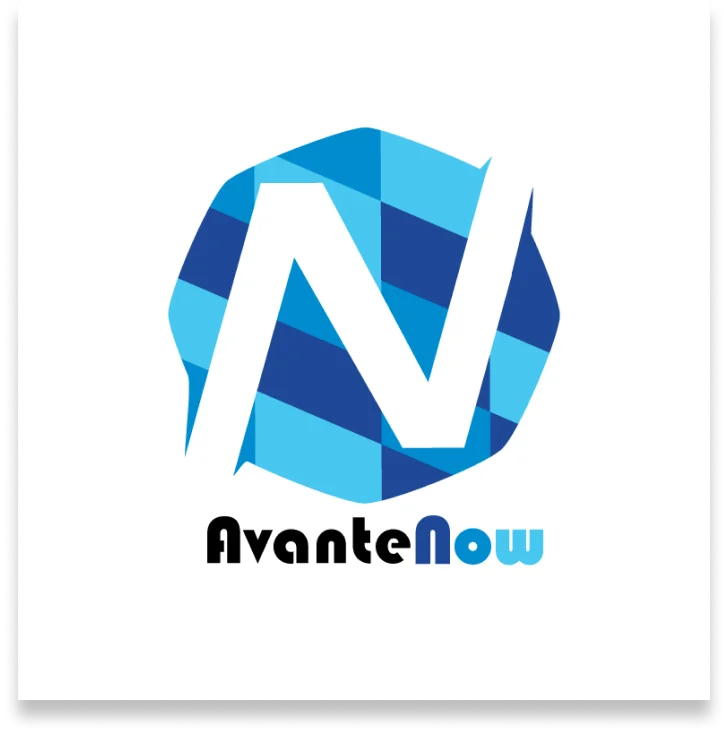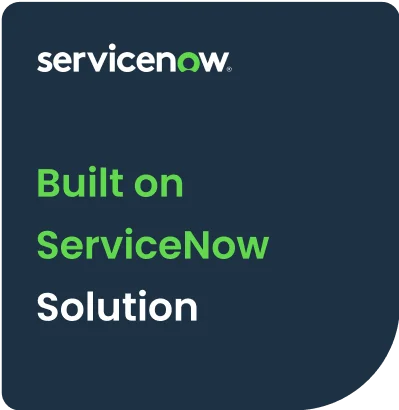A CIO dashboard is a one-stop control panel that displays the most critical metrics, indicators, and data that CIOs must monitor on a regular basis.
Chief Information Officers (CIOs) and IT executives work at the cutting edge of company technology. Their main responsibility is to oversee the information, technology, and computer systems required to support an organization’s objectives. IT leaders must also communicate the technology’s worth by demonstrating how it improves the company’s profitability. Also, they require quick access to performance indicators in order to complete that duty.
The CIO and other business executives can use a CIO dashboard to determine which indicators are most important and how IT is doing against them. It can be one of the most critical tools in a CIO’s arsenal, but it demands careful consideration of metrics, design, tooling, and data sources when creating one.
A CIO dashboard is a one-stop control panel that displays the most critical metrics, indicators, and data that CIOs must monitor on a regular basis. In general, this covers measures and information about:
IT management: CIOs are largely responsible for the management and delivery of IT services. The state and performance of IT systems and infrastructure should be the emphasis of one area of the CIO dashboard.
Projects and efforts involving IT: CIOs are increasingly being asked to conceive, plan, and execute digital business initiatives in many enterprises. According to research, CIOs are increasingly being asked to build and lead digital transformation efforts as the economy becomes more digital.
Other performance indicators within the CIO’s purview: Many CIOs’ responsibilities are extending to incorporate IT functions that were previously beyond the CIO’s purview. Cybersecurity, data/privacy compliance, and customer-facing technology are instances of these. In today’s workplace, the CIO’s function is fast-changing and will continue to do so for some time.
As a result, the metrics that should be included in a dashboard will differ from one firm to the next. And this is why tailoring a dashboard to one’s specific work responsibilities and duties is critical.
Why choose the CIO dashboard?
Implementing a CIO dashboard has several advantages, for instance, it can:
- Save time by streamlining workflows: Since CIOs must continually monitor certain indicators, having them all in one spot can help save time. A dashboard allows CIOs to examine a single page for the most up-to-date information instead of having to check several sources or programs.
- Give a clear picture of IT performance: Data crunching and analysis takes time. Dashboards eliminate this necessity by centralizing information. Another tool that can provide CIOs with an instant image of the success of important indicators and projects is visualization.
- Real-time data on key indicators: Dashboards can provide real-time insights into critical business operations when appropriately connected to key business systems. Such real-time data is critical not just for tracking IT operations, but also for organizational performance and business improvement projects, which CIOs may be in charge of.
Best Practices for CIO Dashboards
You may proceed to the building stage once you’ve decided on the CIO KPIs you’d like to track using your dashboard. This procedure may differ based on the dashboard construction software you choose, however, there are certain common best practices to remember while constructing your IT dashboard:
- Understand your goal: Some dashboard designers, particularly those who are used to working with enormous volumes of data, make the mistake of building dashboards that are just too cluttered. It’s much easier to extract the key data elements and home in on them once you know what the dashboard’s objective is.
- Determine your goal: Some dashboard designers, particularly those who are used to working with big volumes of data, fall into the trap of producing dashboards that are overly cluttered. It’s much easier to extract the key data elements and home in on them if you understand the objective of the dashboard you’re constructing.
- Recognize your target market: What is the purpose of this dashboard? What would their dashboard look like? Knowing the answers to these questions is essential for giving the greatest user experience possible. If your audience isn’t particularly data-savvy, you might need to explain what you’re attempting to illustrate with your charts and graphs. Additionally, if they will be seeing the dashboard on their mobile phones, you must prepare your data visualizations accordingly.
- Ascertain that your objectives and outcomes are in line with those of your company: Business leaders can use IT dashboards to see where their IT budget is going. This makes it easier for IT professionals to express the importance of their work successfully.
- Storyboard: Storyboarding is a name we stole from the animation industry for the dashboard planning process. Just follow these easy steps: a) Pick 4-6 metrics to work with. b) Using a whiteboard, create 4-6 frames. c) In each frame, create a chart or graph. d) Fill in the blanks with color. You’re less likely to stumble into unexpected and frustrating hurdles if you think out how you want your dashboard to look and what message you want it to convey ahead of time.
By incorporating complete dashboards into their plans, AvanteNow helps CIOs, VPs of engineering, and engineering managers scale their organizations. A solid CIO dashboard is made up of measurements that show you how your operational, business, financial, security, development, and quality assurance key performance indicators are performing. We foster a data-driven culture that analyses performance on a regular basis, identifies risks and opportunities, and aids leaders in making the best decisions possible at the right time.
We help businesses gain visibility into the work that engineers do and in determining organizational efficiency. Book a demo with us if you want to find out how closely you align with business initiatives and how you can improve your development processes.



